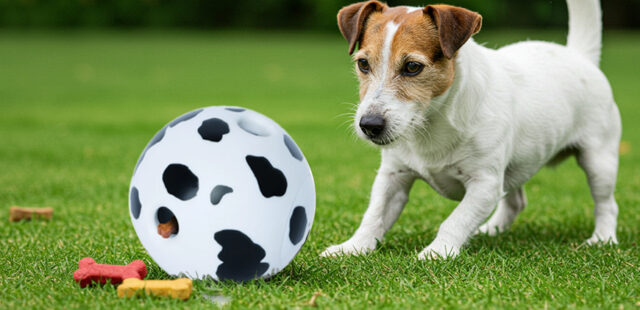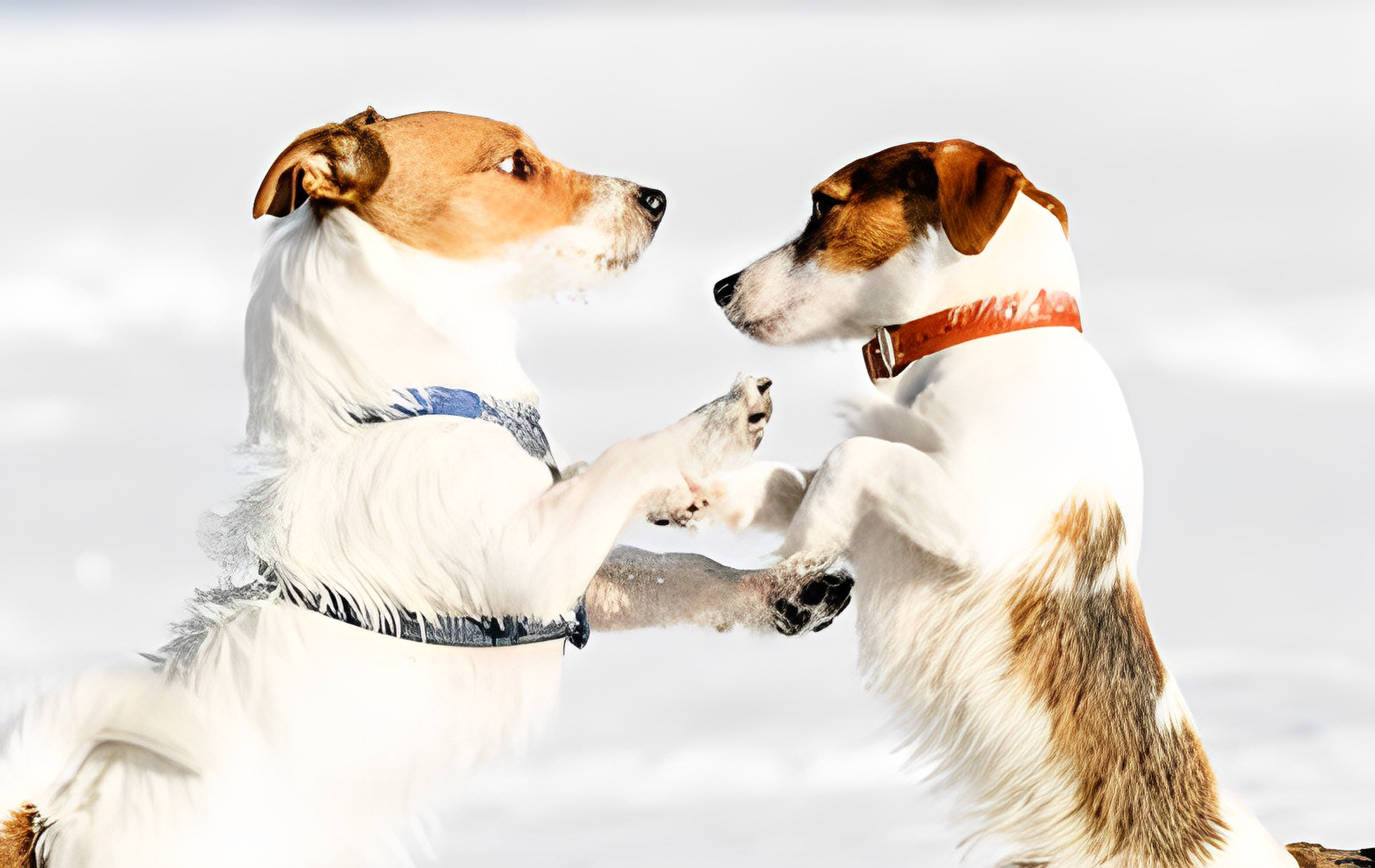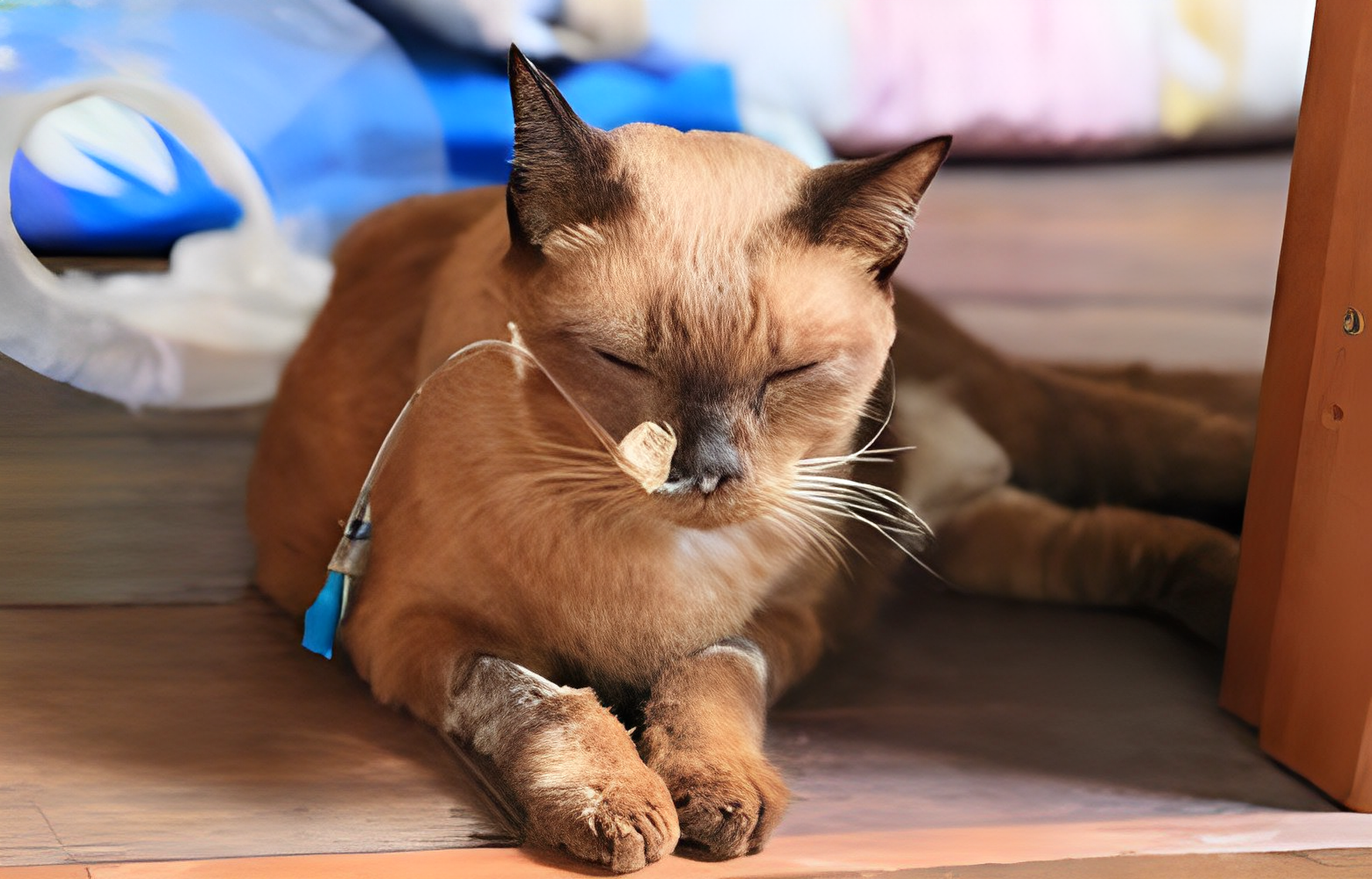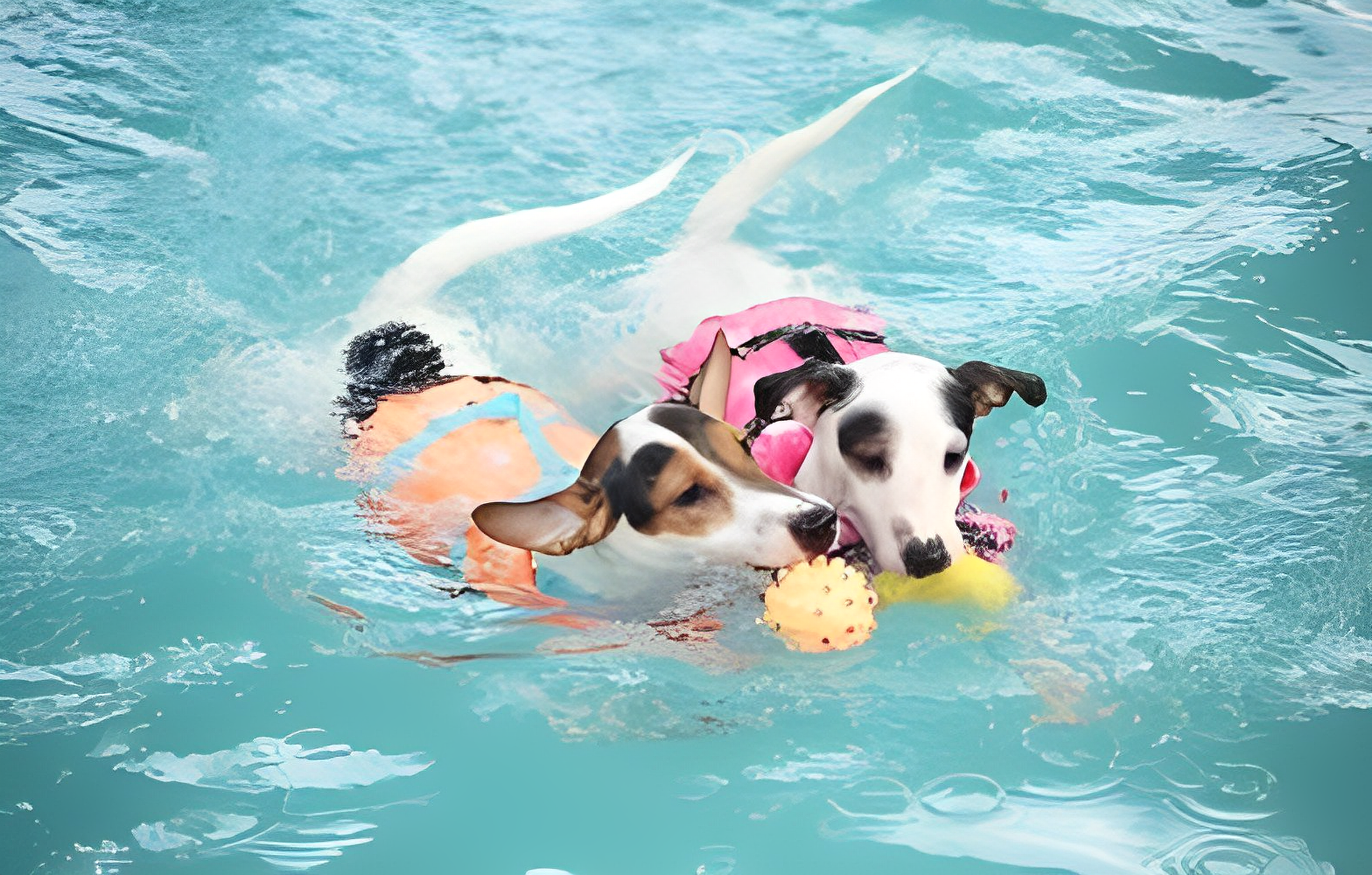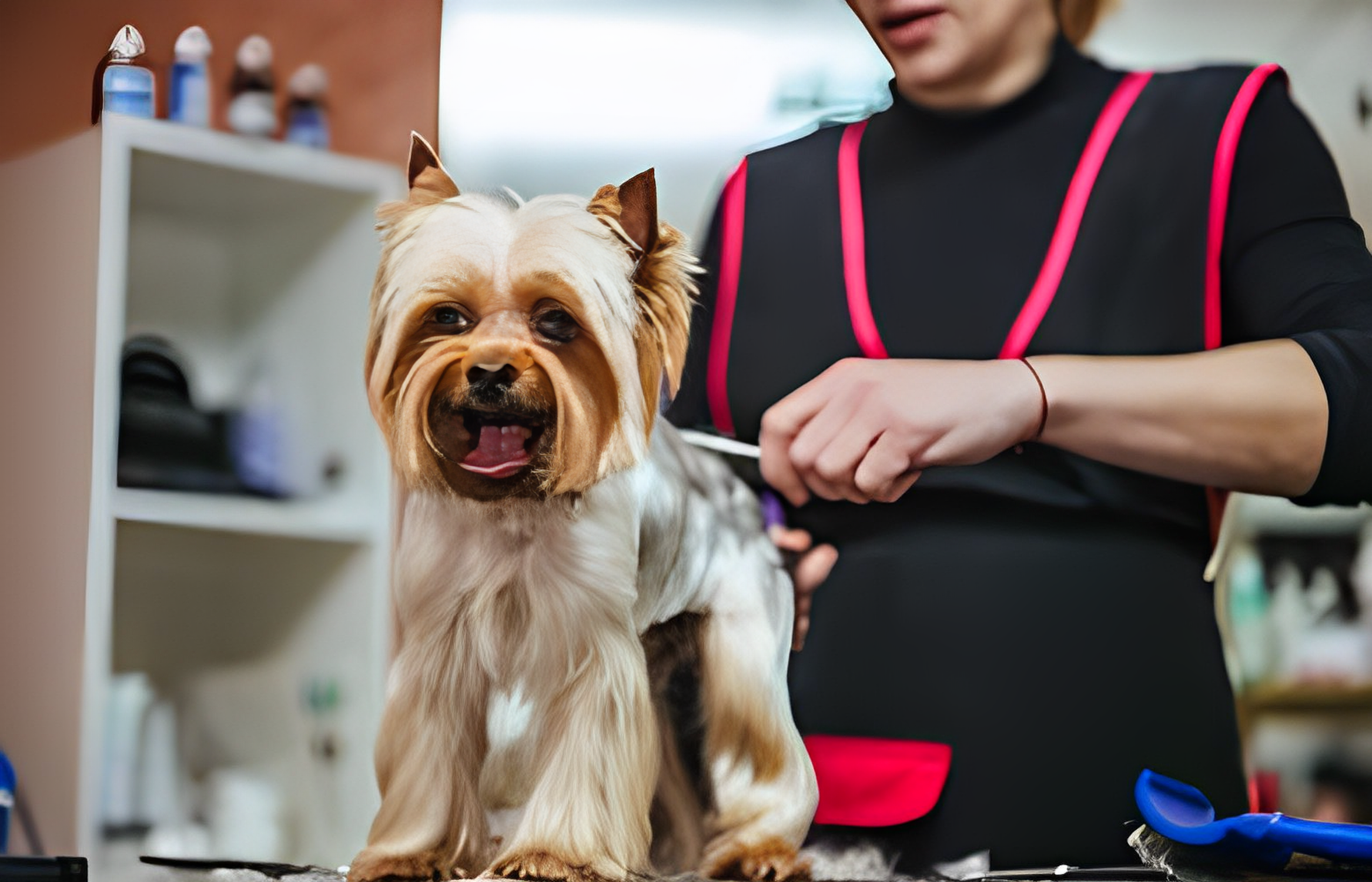Walking your furry companion is not just a routine task; it’s an essential part of your dog’s physical and mental well-being. The quality of your dog’s walks directly impacts their physical health, mental stimulation, and overall happiness. To ensure that every walk is a comfortable and safe experience for both you and your dog, choosing the right walking equipment is of utmost importance. In this comprehensive guide, pet barn will delve into the complexities of the harness versus collar debate, providing you with a deeper understanding of the pros, cons, and considerations involved in making this crucial decision.
Understanding the Harness
Pros:
1. Reduced Strain on Neck:
Perhaps the most compelling reason to consider a harness for your dog is its ability to reduce strain on the neck. Traditional collars can lead to neck injuries, discomfort, and even long-term health issues, particularly in dogs that tend to pull on the leash.
2. Improved Control:
A harness offers superior control over your dog’s movements, especially when dealing with pullers. By distributing the pressure more evenly across your dog’s body, it allows you to manage their behavior more effectively.
3. Prevents Escaping:
For dogs with smaller heads or particularly crafty escape artists, harnesses provide added security. They are designed to minimize the risk of your dog slipping out, ensuring their safety during walks.
4. Great for Small Dogs:
Smaller dog breeds, often prone to tracheal problems, benefit greatly from harnesses. These harnesses safeguard their delicate necks, reducing the risk of injury.
5. Support for Medical Conditions:
If your dog has specific medical conditions, such as hip dysplasia or arthritis, harnesses can provide essential support. By distributing the weight evenly across the body, harnesses reduce pressure on vulnerable joints, potentially improving your dog’s comfort and mobility.
Cons:
1. Learning Curve:
It’s worth noting that some dogs may take time to get used to wearing a harness, so there might be an adjustment period during which your dog needs time to adapt.
2. More Material:
Harnesses cover a larger area of your dog’s body, which can be less comfortable in hot weather. However, many modern harnesses are designed with breathable materials to mitigate this issue.
3. Potential for Chafing:
Poorly fitted or low-quality harnesses can cause chafing or discomfort. Ensuring a proper fit is essential to avoid this issue.
4. Price:
High-quality harnesses can be more expensive than collars, but the investment is often worthwhile for your dog’s comfort and safety.
Exploring the Collar
Pros:
1. Simplicity:
Collars are classic and straightforward to use. They are lightweight and quick to put on your dog, making them ideal for short walks and quick bathroom breaks.
2. Identification Tags:
Collars are the preferred place for attaching identification tags, ensuring that your dog can be easily identified if they ever get lost.
3. Training Tool:
For certain dogs, collars can serve as a useful training tool. They are particularly effective for dogs that respond well to leash corrections.
4. Suitable for Short Walks:
Collars are convenient for short walks and quick outdoor excursions when harnesses may be unnecessary.
Cons:
1. Neck Strain:
A significant disadvantage of collars is their potential to put pressure on your dog’s neck, especially if your dog tends to pull during walks. This strain can lead to injuries and long-term health issues.
2. Escape Risk:
Dogs can more easily slip out of collars, making them less secure, especially for dogs who are escape artists or have a talent for slipping their heads out.
3. Potential for Tracheal Damage:
Collars pose a risk to the trachea, especially in dogs that pull on the leash. This risk can lead to serious health issues over time.
4. Less Control:
Collars provide less control over your dog, making them less suitable for dogs that pull or are difficult to manage during walks.
Factors to Consider
When choosing between a harness and a collar, several essential factors should influence your decision:
1. Dog’s Size:
Smaller dogs, especially those with delicate necks, typically benefit from harnesses. Larger dogs may do fine with collars, but it depends on their individual behavior and needs.
2. Behavior:
If your dog tends to pull on the leash or has a history of neck injuries, a harness is a safer option. Well-behaved dogs that don’t pull may be fine with collars.
3. Training Goals:
Consider your training objectives. Collars may be suitable for obedience training and controlling pulling, while harnesses often offer better control and comfort.
4. Safety:
Assess the risk of your dog escaping from their equipment. If this is a concern, opt for a secure-fitting harness.
5. Comfort:
Some dogs are more comfortable in harnesses, while others may prefer the simplicity of a collar. Pay attention to your dog’s comfort level during walks.
6. Weather:
Consider the climate in your area. Harnesses can be warmer in hot weather, so if you live in a warm climate, collars may be more comfortable. In colder weather, harnesses can provide additional insulation.
The choice between a harness and a collar ultimately depends on your dog’s unique needs and behavior. It’s worth trying both options to see which one works best for you and your four-legged friend. Whether you opt for a harness or a collar, your dog will thank you for providing them with a comfortable and safe walking experience that contributes to their overall happiness and well-being. Properly fitted equipment, consistent training, and love are the keys to happy and healthy walks with your canine companion.
Remember, your dog’s comfort, safety, and overall well-being are the top priorities when making this decision. By carefully considering your dog’s individual needs and behavior, you can choose the equipment that aligns best with their requirements, ensuring that every walk is an enjoyable and beneficial experience for both of you.





